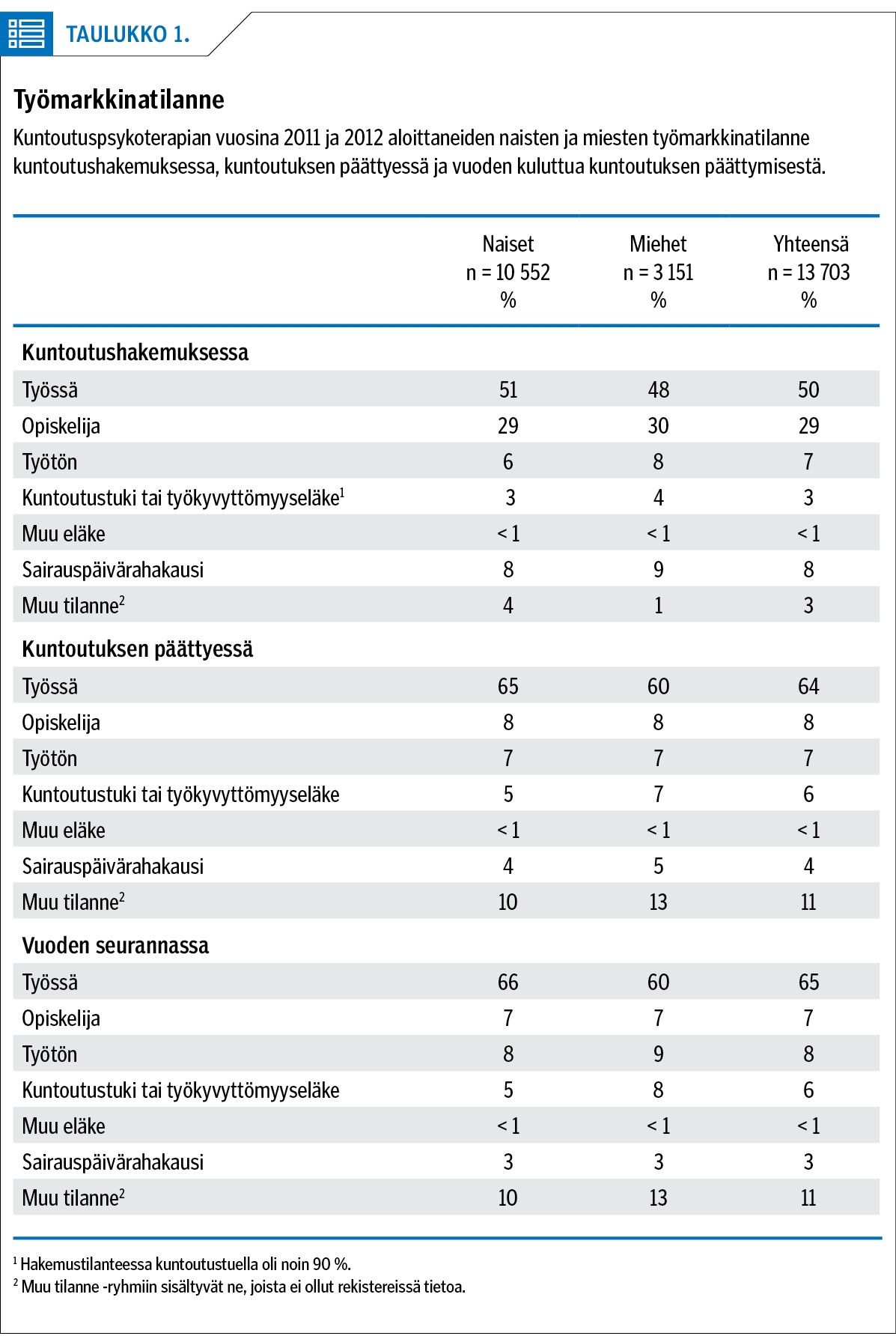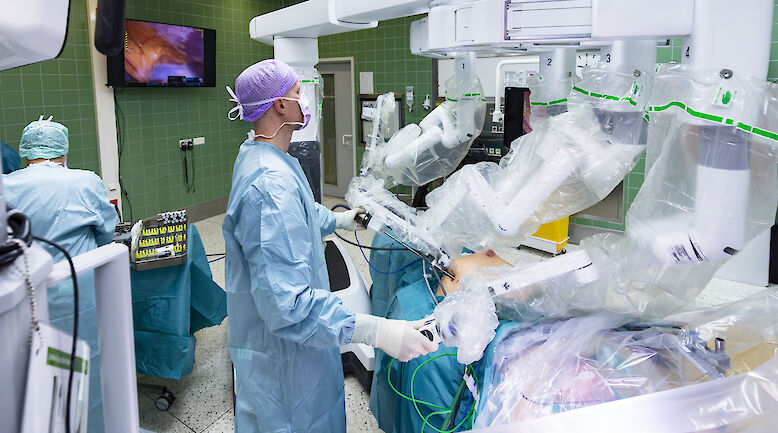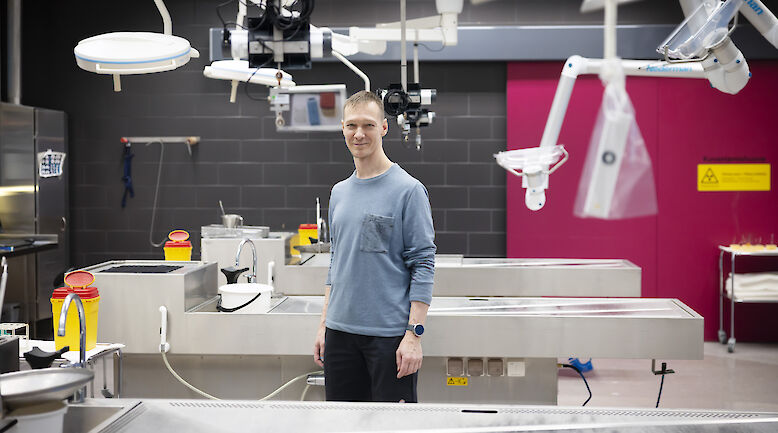Employment after psychotherapy

BACKGROUND Kela reimburses rehabilitative psychotherapy for 1–3 years. The goal is to maintain or enhance the ability to study or work. We examined the labour market status of those who received reimbursement for psychotherapy, which became statutory in 2011.
METHODS The sample comprises 13,703 subjects, for whom register data from 2011–2015 were collected.
RESULTS Depressive and anxiety disorders were the main indications for rehabilitative psychotherapy. About 50% of the rehabilitees received the benefit for three years. The majority of the rehabilitees belonged to the labour force, i.e. were working, unemployed or on sickness allowance, or they were studying. Of the age group 16–25, most were students at the time of treatment. In this age group, two thirds were working immediately after their psychotherapy ended and at one-year follow-up, while a quarter continued studying. Of the age group 26–60, over 80% were also working immediately after psychotherapy ended and at follow-up. Many subjects on temporary disability pensions started work and stayed at work in the follow-up.
CONCLUSIONS Rehabilitative psychotherapy supports staying at and returning to work. The result refers to efficiency, but as no control group was included, conclusions on effectiveness cannot be drawn.














